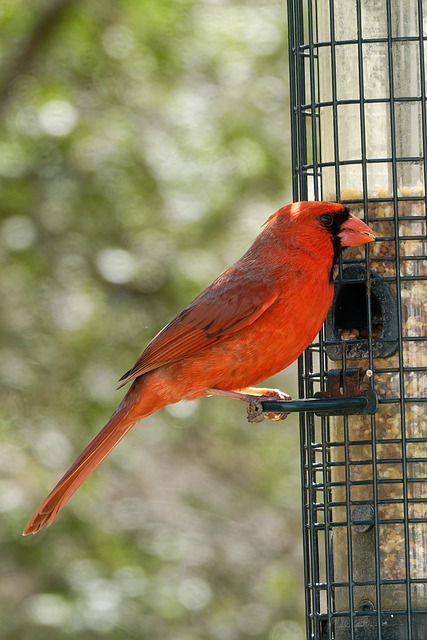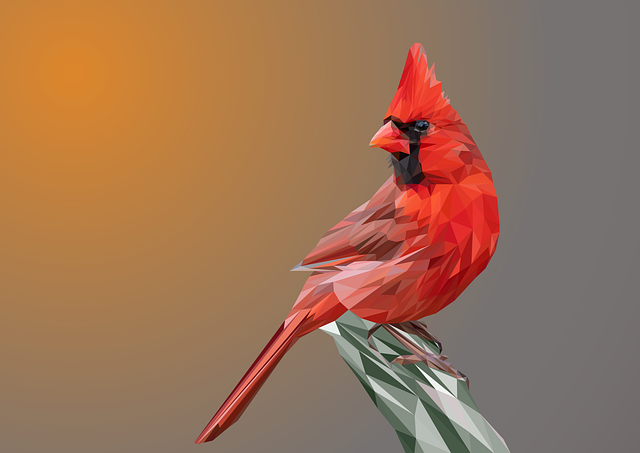From the National Audubon Society:
Feeding Behavior
Forages mostly while hopping on ground or in low bushes, sometimes higher in trees. Readily comes to bird feeders, where it favors sunflower seeds.
Eggs
3-4, sometimes 2-5. Whitish to pale bluish or greenish white, marked with brown, purple, and gray. Incubation is almost always by female alone, 12-13 days.
Young
Both parents feed nestlings. Young leave nest about 9-11 days after hatching. Male may feed fledglings while female begins next nesting attempt. 2-3 broods per year, rarely 4.
Diet
Mostly seeds, insects, berries. Diet is quite varied. Feeds on many insects, including beetles, true bugs, grasshoppers, caterpillars, ants, flies, and many others, also spiders, centipedes, and snails. Most of diet is vegetable matter, including seeds of weeds and grasses, waste grain, leaf buds, flowers, and many berries and wild fruits. Young are fed mostly insects.
Nesting
Male sings to defend nesting territory, actively attacking intruding males (and attacking his own reflection in windows and mirrors). In courtship, male and female raise heads high, sway back and forth while singing softly; male often feeds female early in breeding season. Female sings mainly in spring before start of nesting. Nest: Usually well hidden in dense shrubs, vines, or low trees, placed 3-10′ above ground, sometimes higher. Nest (built by female) is open cup made of twigs, weeds, grass, bark strips, leaves, rootlets, lined with fine grass or hair.


